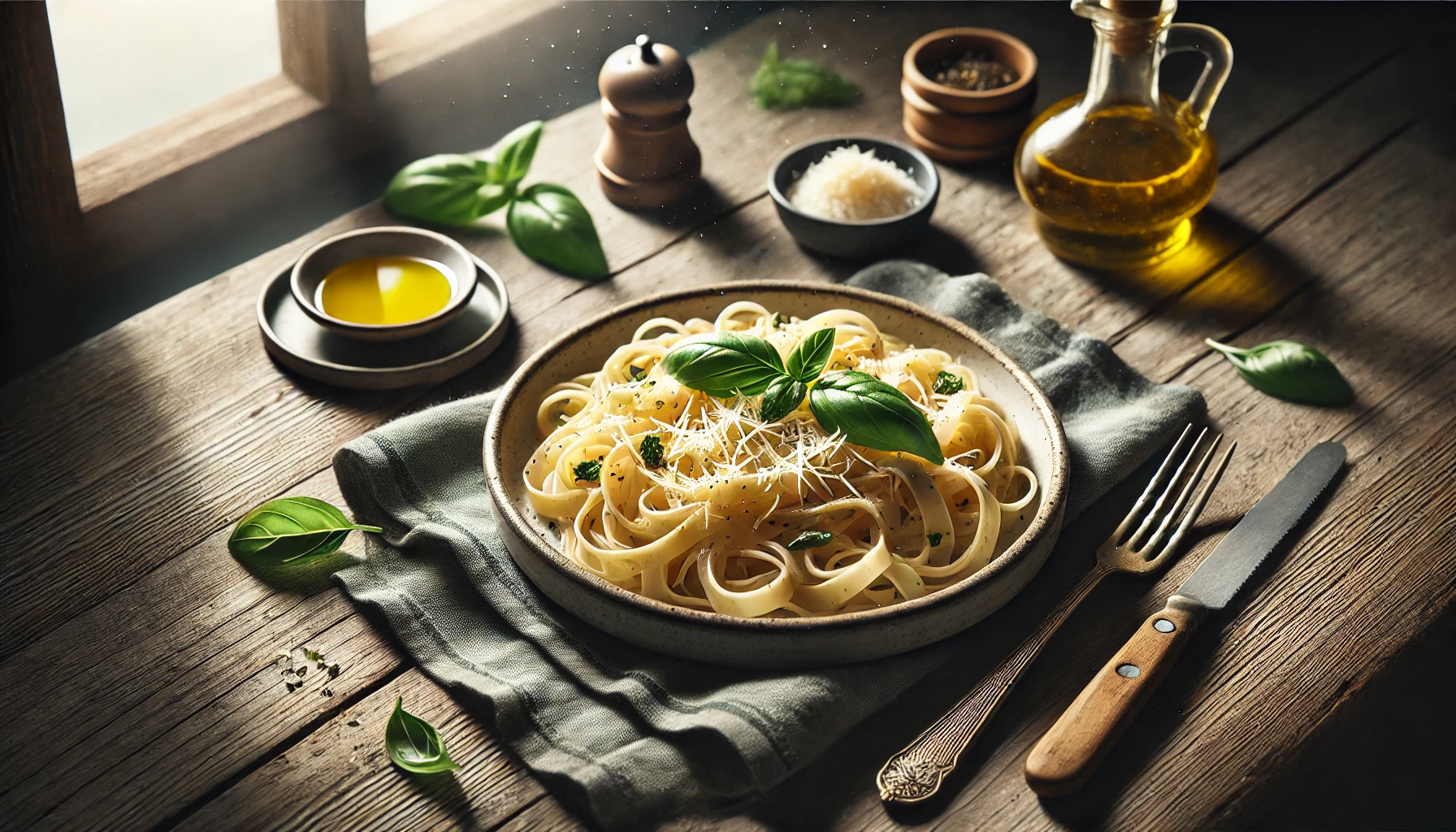Food photography is an art that combines lighting, composition, and styling to make dishes look appetizing and irresistible. Whether for social media, blogs, or menus, these tips will help you capture stunning food photos.
1. Use Natural Light
Soft, natural light enhances the texture and color of food. Position your setup near a window for even lighting, and avoid direct sunlight to prevent harsh shadows.
Pro Tip: Use a diffuser to soften the light further.
2. Choose the Right Background
Keep the background simple to ensure the focus remains on the food. Neutral tones or wooden textures work well for most dishes.
Pro Tip: Use colored backgrounds for vibrant, playful setups when photographing desserts or drinks.
3. Style Your Food
Presentation is key in food photography. Arrange the food neatly, and use garnishes to add color and freshness.
Pro Tip: Include props like utensils, napkins, or ingredients to enhance the composition.
4. Focus on Composition
Apply composition techniques such as:
- Rule of Thirds: Position the dish off-center for balance.
- Leading Lines: Use cutlery or table elements to guide the viewer’s eye.
Pro Tip: Experiment with overhead and side angles to find the most flattering perspective.
5. Highlight Texture and Detail
Capture the intricate details of food by focusing closely on textures, such as the crispness of a salad or the melting of cheese.
Pro Tip: Use a macro lens for close-ups of small details.
6. Edit Thoughtfully
Enhance your food photos with subtle edits. Adjust brightness, contrast, and saturation to make the colors pop without overdoing it.
Pro Tip: Avoid excessive filters to maintain a natural look.
Checklist for Food Photography
- Is the lighting soft and flattering?
- Does the composition highlight the food’s features?
- Are the props and background enhancing the dish, not distracting from it?
Food photography is a creative and rewarding genre. With the right techniques, you can make dishes look so good that viewers can almost taste them.
